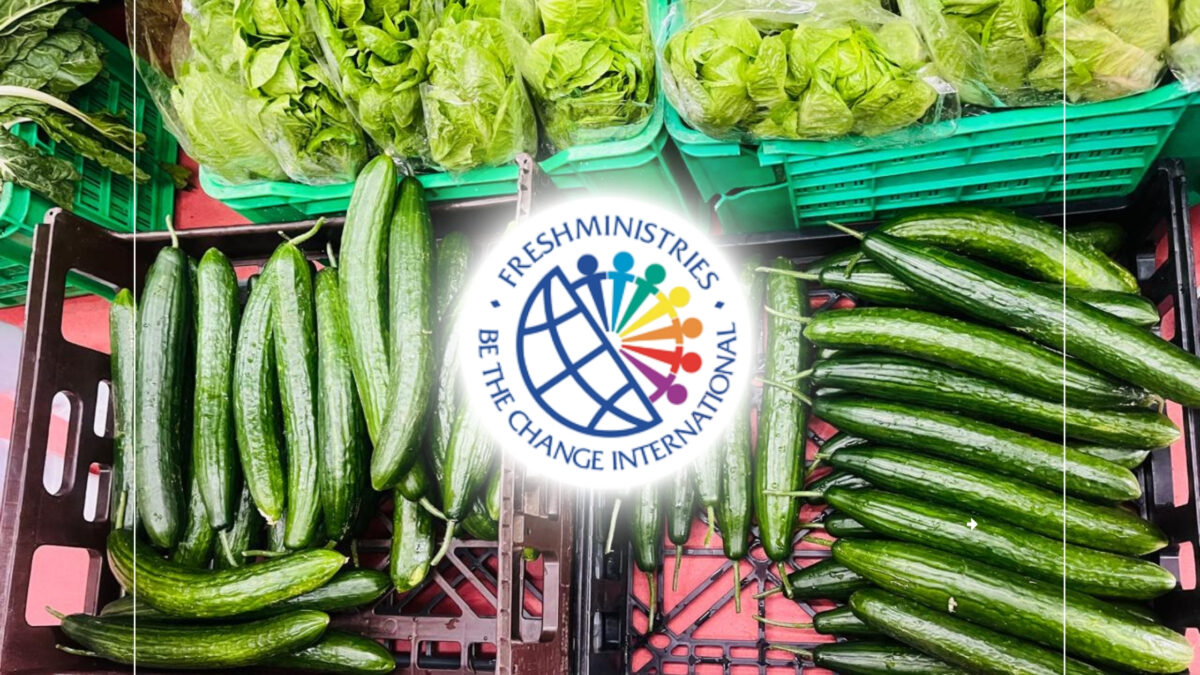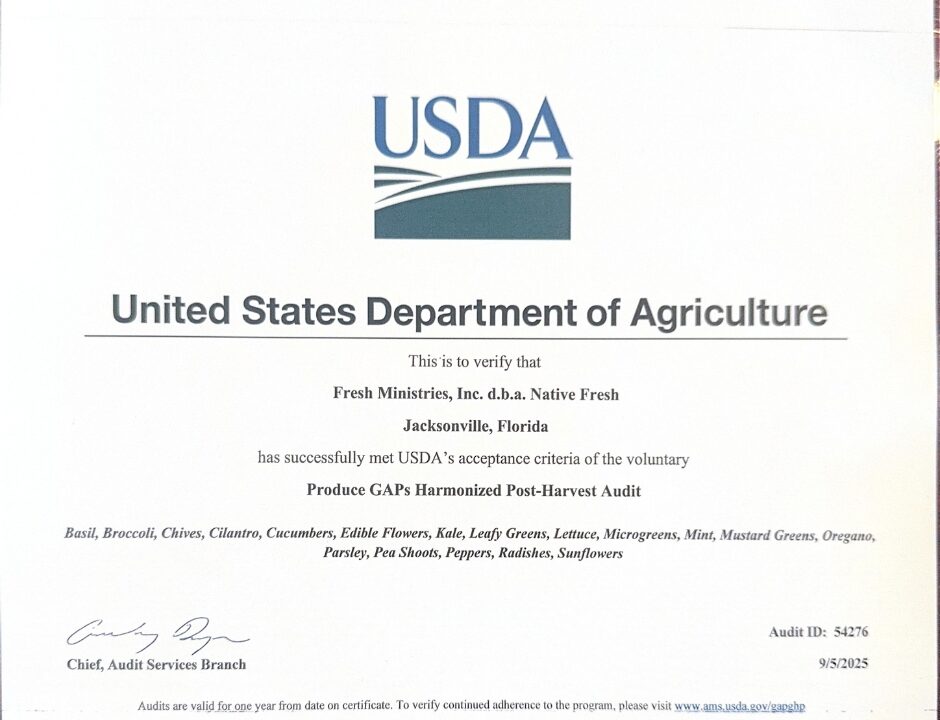
The Power of Giving: How Helping Others Changes Your Life
April 14, 2025
Mental Health Matters: Healing Ourselves, Healing The World
May 30, 2025At FreshMinistries, we’re using aquaponics to create sustainable solutions to global hunger — but if you’ve heard of hydroponics, you might be wondering: what’s the difference?
While both are soil-less methods of growing food, they operate in very different ways. Let’s break down how they work, how they compare, and why aquaponics is the system we use to make a lasting impact.
Definition and Core System
Hydroponics is the practice of growing plants in a nutrient-rich water solution, completely without soil. The nutrients—either synthetic or organic—are added manually and must be carefully monitored to ensure consistent and healthy plant growth.
Aquaponics, on the other hand, combines aquaculture (raising fish) with the soil-less benefits of hydroponics in a closed-loop system. In this setup, fish produce waste that is naturally broken down by beneficial bacteria into nitrates, which then nourish the plants. In return, the plants help clean and filter the water, which is recirculated back to the fish.
It’s a symbiotic relationship that mimics nature!
Nutrient Source
In hydroponics, nutrients are purchased or mixed by hand and dissolved into the water. These must be replenished regularly and monitored to maintain optimal plant health.
In aquaponics, however, the nutrients are generated organically. Fish waste is converted by bacteria into plant-friendly nutrients, creating a completely natural and chemical-free environment. There’s no need for harsh fertilizers—everything is recycled within the system.
Sustainability and Environmental Impact
Both hydroponics and aquaponics are more efficient than traditional soil farming, particularly when it comes to water use. However, aquaponics takes sustainability to the next level.
Hydroponics uses far less water than traditional farming, but it still relies on manufactured fertilizers, which can have a significant environmental footprint.
Aquaponics, by contrast, is almost entirely self-sustaining. Water loss occurs mainly through evaporation, and all nutrients are produced within the system—making it one of the most eco-friendly farming methods available.
Plant Variety and Productivity
Hydroponic systems excel at growing fast, leafy greens like lettuce and spinach. Fruiting plants such as tomatoes and peppers can be grown as well, but are a bit more difficult as they require more precise nutrient balancing.
Aquaponics, once mature, can support a wider variety of crops—including leafy greens, herbs, fruits, and vegetables—alongside fish. The result? A more diverse and nutritious food yield from a single system.
Why We Chose Aquaponics
Both aquaponics and hydroponics are innovative solutions that make farming possible in areas with poor soil, limited space, or scarce water resources. But aquaponics offers a more sustainable, scalable, and holistic approach.
At FreshMinistries, we believe aquaponics is more than just a method—it’s a movement. By empowering communities to grow their own food, conserve resources, and create lasting change, aquaponics is helping us combat global hunger and protect the planet.
Thanks for reading—and stay tuned for future blogs!




